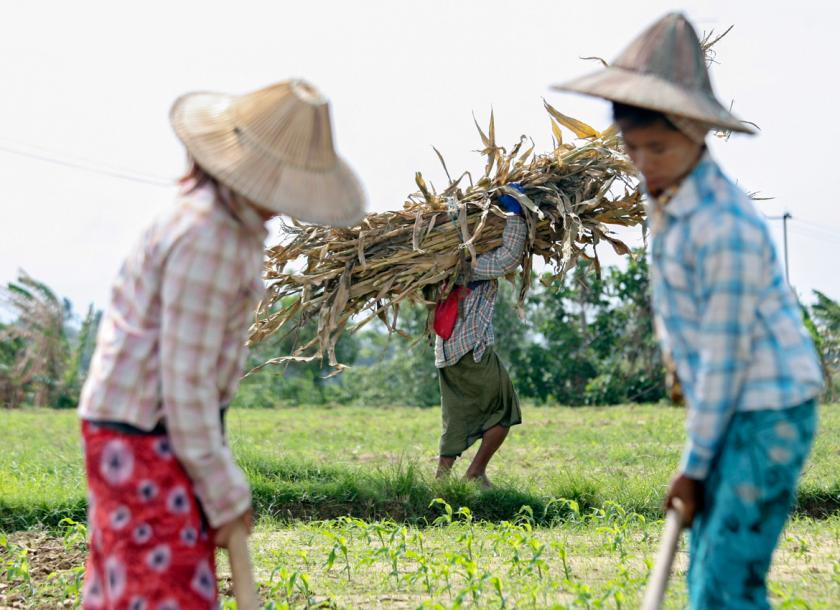Myanmar: Sugar traders switch to production, cultivation as glut abates
Sugar prices had all but collapsed after a 2017 ban on re-exporting to China left local traders in the lurch. However, prices have since stabilised as the glut lessened. More importantly, a larger number of domestic businesses have started producing sugar for local consumption.
“Although sugar traders suffered huge losses due to the temporary ban in re-exporting sugar to China, this has forced them to start making more sustainable investments in the local sugar production industry,” U Win Htay, deputy chair of Myanmar Sugar and Sugar Related Products Merchants and Manufacturer’s Association, told The Myanmar Times.
Meanwhile, demand from local consumers has started to rise and sugar mills are taking notice. Over the past six months, many have begun raising their production volumes to become more competitive. In the past, two sugar mills typically produced up to 700,000 tonnes of sugar. In 2017, the same number of mills produced a million tonnes of sugar, U Win Htay said.
Meanwhile, sugar prices have also improved, rising to K70,000 per tonne in the latest season compared to just K42,000 a tonne before.
Similarly, larger swathes of land are being cultivated to grow sugarcane, which is crushed to produce sugar. A total of 2.66 million tonnes of sugarcane was crushed to produce 270,000 tonnes of sugar in the 2016-2017 fiscal year, compared to 1.9 million tonnes in 2015-2016 and. In 2017-18, crushing volumes are expected to rise.
Re-export ban
Sugar prices collapsed during the middle of last year, after China stopped buying sugar from Myanmar. In response, the government has announced that it will temporarily stop issuing sugar re-export licenses until later in the year.
As Myanmar depended almost completely on China for its sugar trade, the ban severely affected prices, leaving many traders in the lurch. Some were reported to have lost at least 70 percent of their investments.
Since 2015, China had been one of the largest buyers of sugar from Myanmar. To meet the huge demand, hundreds of sugar traders in Myanmar were issued with licenses to import sugar and re-export the commodity to China.
In 2016, with the price of sugar in China almost double that of the market price, Myanmar’s sugar traders imported 1.7 million tonnes of sugar for re-export purposes, about 20 times the volume imported during the year before. At the peak, Myanmar re-exported more than 3 million tons of sugar to China.
However, since China stopped buying sugar from Myanmar, up to 400,000 tonnes of sugar accumulated in warehouses across Yangon, Mandalay and Muse as at June 2017, which was just ahead of sugarcane season, according to U Win Htay.
Stable prices
But the oversupply has tapered since then, and talk of the government relaxing its ban on issuing sugar re-export licenses has surfaced in the market. Besides helping traders, the re-export license is also a source of tax revenue for the government. However, the risk is price volatility returning to the market.
“Sugar prices have stabilised since the ban and sugarcane growers are now also getting a stable price for their crop. However, the government also receives tax from issuing the re-export license,” said Dr Kyaw Shein, who runs Ngwe Ye Pearl Sugar Factory in Mandalay.
Under those circumstances, “if possible, I think the government should restructure the regulations to allow sugar imports for re-export purposes only after domestically-produced supply have sold out, as this will help the local sugarcane growers and sugar mills,” he said.
Other insiders reckon the re-export system can no longer effectively support the country’s economy, and that the government should agree on trade quotas when exporting sugar and support local sugarcane cultivators with incentives for them to produce more sugar instead.
Source: https://www.mmtimes.com/news/sugar-traders-switch-production-cultivation-glut-abates.html


 Thailand
Thailand




